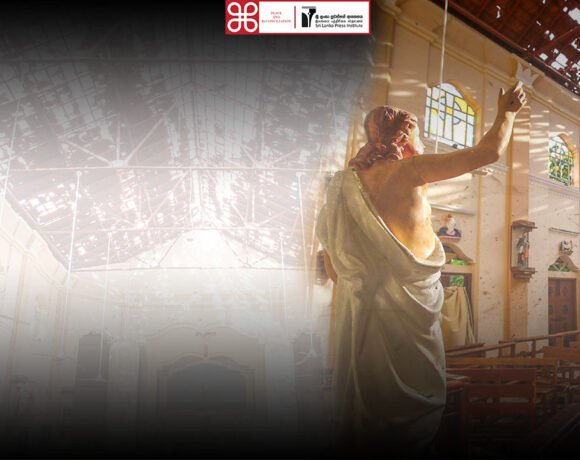
The Debates and Ideologies of the Evolution of the National Anthem (Part 1)
Dhanushka Silva
It has become a common occurrence in Sri Lanka to see society debate on the language in which the national anthem of Sri Lanka should be sung and it arises at nearly every national festival. Such dialogue also took place on the eve of the 73rd Independence Day celebrations. The majority Sinhala community believes that peace, national unity, and unity prevail in the country according to the language of the national anthem rather than the anthem itself.
From the very beginning of Sri Lanka’s post-independence era, citizenship, the electorate, national flag, and official language, which ideally build the identity of a new state, have all been in crisis. The majority of Sinhala society wants to “Sinhalaize” these elements and develop them as models of their dominance over others. This article attempts to analyze the evolution of the historical language entanglement associated with the national anthem and its social dimensions.
Language Confusion
The national anthem of Sri Lanka has been in turmoil since its birth. This becomes clear when one studies its origin and evolution. The idea of a national anthem for Sri Lanka was first mooted by the Buddhists. The anthem “God saves the king/ queen” became the national anthem of Great Britain in 1745. The national anthem is an evolution of tradition and practice, as is the British political tradition. Due to the expansion of the British Empire, the national anthem of the colonies was the same as was the case in Sri Lanka (Ceylon) God Save the Queen/King was our national anthem until the first two decades of the twentieth century.
The Ceylon National Union, formed in 1919, passed a resolution in 1923 with Dudley Senanayake and Junius Richard Jayawardena pointing out the need for a new national anthem for Sri Lanka. Accordingly, a competition was held to select the anthem, and eventually the composition by F.S. Munasinghe and sung by Deva Suryasena won and was performed at sessions of the Ceylon National Association held in 1942. While the song won the competition, it was disliked by the people and another submission that was not selected was accepted by the people instead. This was Namo Namo Maatha by Ananda Samarakoon, a renowned artist and poet.
In 1950, the then Finance Minister, JR Jayewardene proposed that the Namo Namo Maatha anthem be the official national anthem of the country as it was widely accepted. Jayewardene then moved a Cabinet resolution with the Minister of Gannarama Development. A committee was then appointed under the chairmanship of EAP Wijeratne and it was suggested that the lyrics of the song Namo Namo Maatha should be named the National Anthem with some minor changes. In August 1951, Minister Wijeratne presented a cabinet memorandum recommending that the anthem be recognized as the national anthem. The pamphlet was unanimously approved by the Cabinet and it was officially adopted as the National Anthem of Ceylon on November 22, 1951.
Later, in 1956, the Bandaranaike government opposed Namo Namo Maatha. When political demonstrations against the government, workers’ strikes, racist riots, floods, landslides, and other disasters occurred, an irrational sense of paganism also emerged, claiming that the disasters were due to the anthem. There was a backward argument that the letters beginning the lyrical lines guided the nation negatively and that the nation itself would sink to an abyss when it was sung. The opening verse of the national anthem, Na-Mo-Na, was said to be an unfortunate combination of letters according to auspicious beliefs. The value of those backward arguments increased in September 1959 when Prime Minister S.W.R.D. Bandaranaike was assassinated.
The Sirimavo Bandaranaike government, which came to power in the July 1960 elections, then made recommendations to Cultural Minister Maithripala Senanayake that the opening verse of the national anthem should be changed to Shri Lanka Maatha instead. But Ananda Samarakoon vehemently opposed the suggested change. However, on Independence Day in February 1960, the verse was changed to Sri Lanka Maatha, and a frustrated, Samarakoon was found dead on April 5th, 1962. A few days before his death, he wrote an article in the Times of Ceylon’s feature column. The article said, “The head of the national anthem has been cut off. This not only ruined the song but also ruined the life of the writer. I’m very disappointed. It is a great misfortune for a humble musician like me to continue to live in a country where such a thing happened. Death is better ”.







